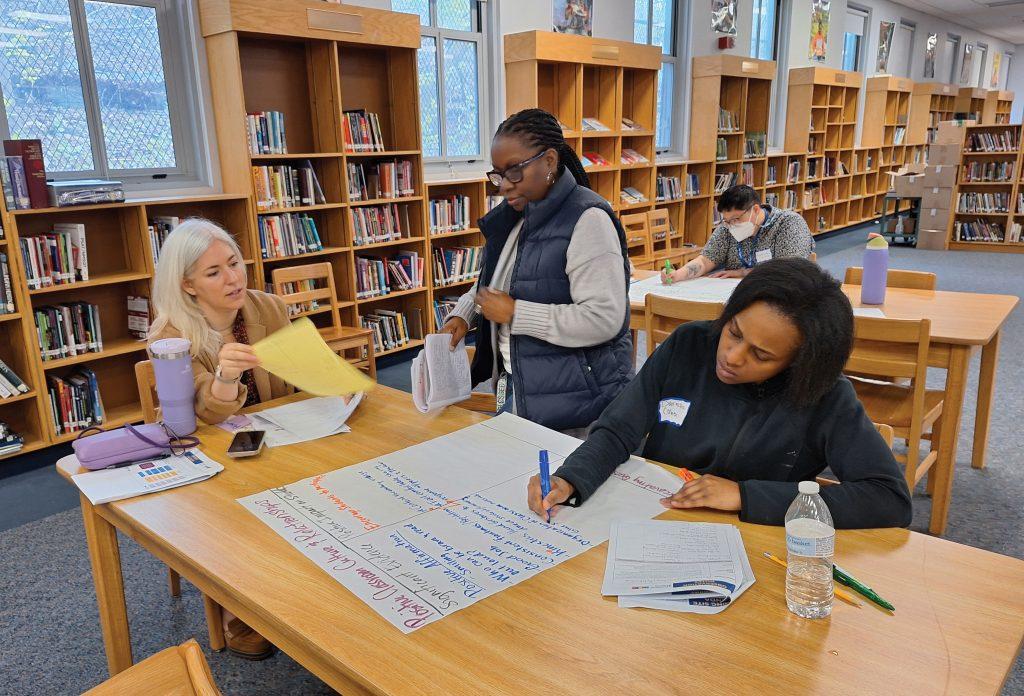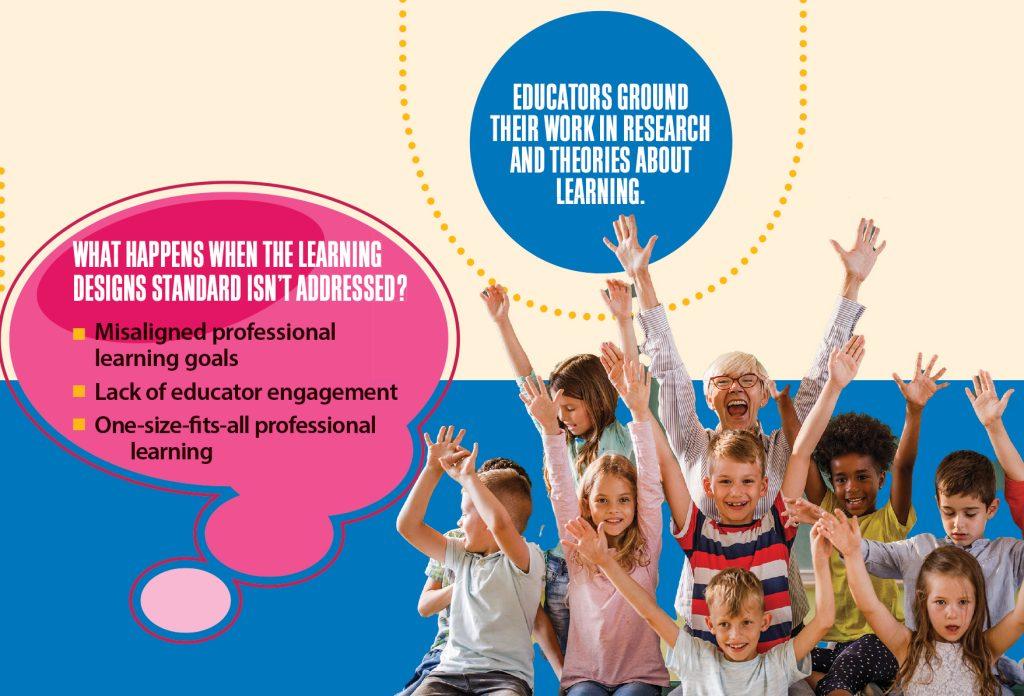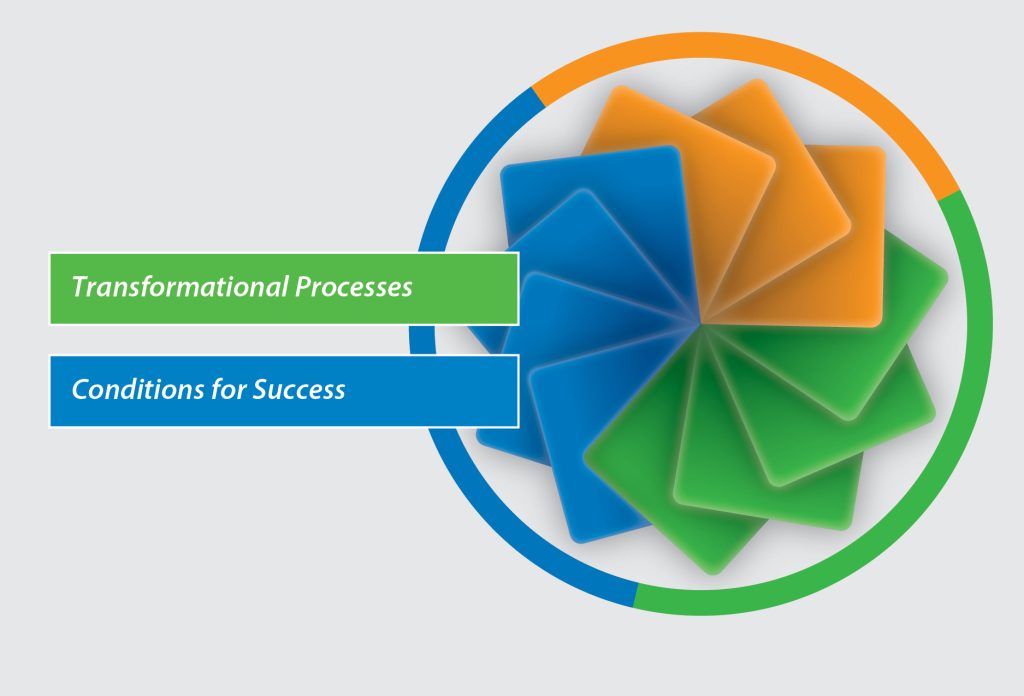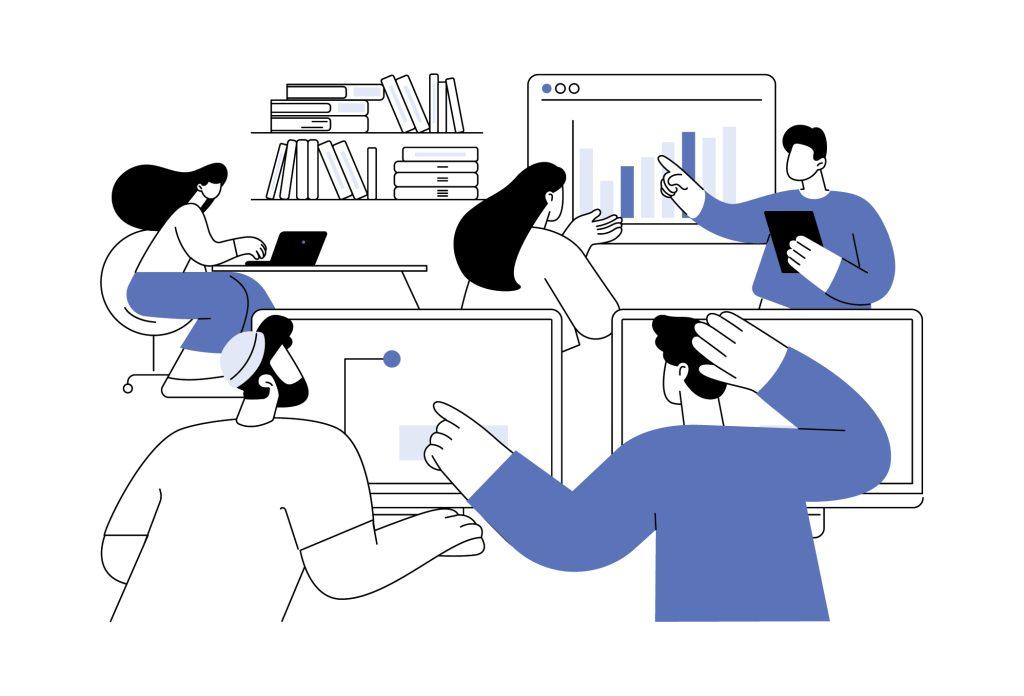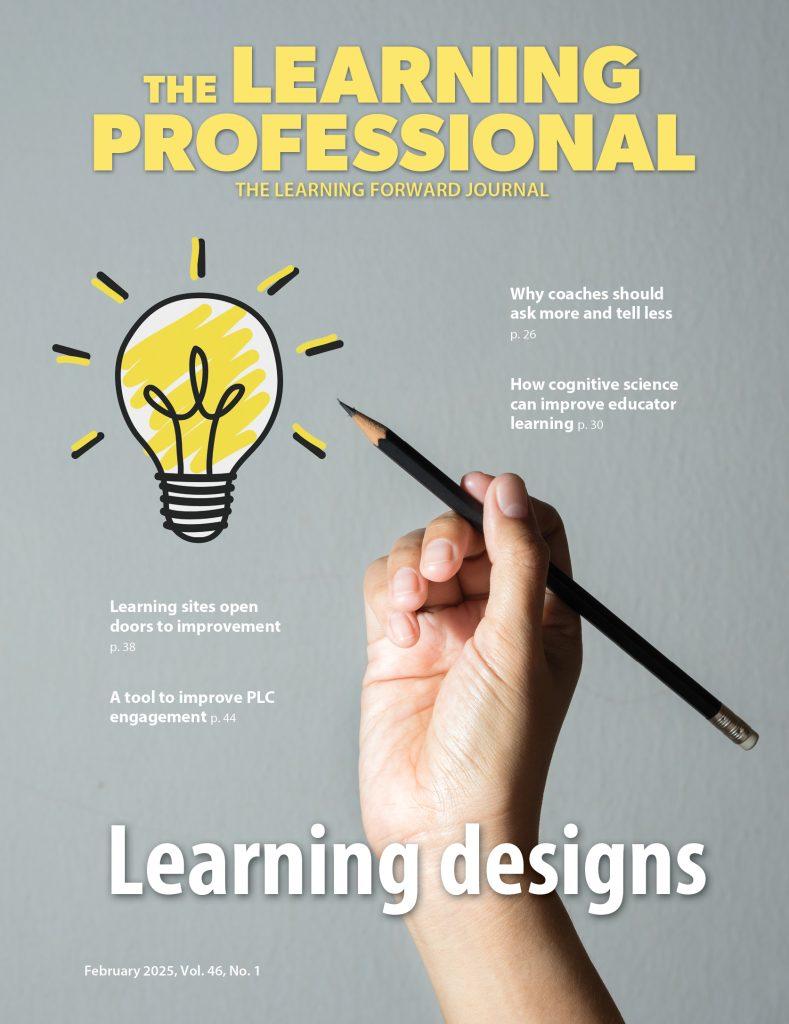
Learning Designs
February 2025
How we learn influences what we learn. This issue shares essential resources for creating, facilitating, and assessing high-quality professional learning.
Read the remaining content with membership access. Join or log in below to continue.
Sed ut perspiciatis unde omnis iste natus error sit voluptatem accusantium doloremque laudantium, totam rem aperiam, eaque ipsa quae ab illo inventore veritatis et quasi architecto beatae vitae dicta sunt explicabo. Nemo enim ipsam voluptatem quia voluptas sit aspernatur aut odit aut fugit, sed quia consequuntur magni dolores eos qui ratione voluptatem sequi nesciunt. Neque porro quisquam est, qui dolorem ipsum quia dolor sit amet, consectetur, adipisci velit, sed quia non numquam eius modi tempora incidunt ut labore et dolore magnam aliquam quaerat voluptatem.
In This Issue
FOCUS
Whether you’re a student or an educator, learning designs matter
This issue dives into the Learning Designs standard to examine the “how” of professional learning.
In professional learning, form should follow function
Professional learning should start with the clear purpose of improving student success before addressing design or strategies.
Ask more, tell less: How to structure learning conversations
Leaders and coaches are most effective when they engage in partnering conversations where the teacher is seen as an equal.
How understanding the brain improves educator learning
Teaching can improve when the cognitive science of how we learn aligns with educational practice.
3 essential feedback categories for inspiring teacher growth
From quick tips to intensive coaching, tailor feedback to teachers’ needs and experience levels.
Teachers and coaches learn together at Boston’s learning sites
Boston teachers boost their skills and student proficiency through peer observation and collaboration.
Spotlight on Learning Designs
Use this one-pager to remember how to align your professional learning with the Learning Designs standard.
Good teaching isn’t magic. Learning labs demystify best practices: ONLINE EXCLUSIVE
Job-embedded professional learning labs provide opportunities for educators to learn from one another and improve their practice.
TOOLS
4 steps for an effective shadowing experience
Plan valuable shadowing experiences for staff at all levels by preparing, shadowing, debriefing, and implementing lessons learned.
Read and reflect on learning designs
How this issue’s articles can help you understand and apply Standards for Professional Learning.
IDEAS
How engaged is your PLC team? A self-assessment tool offers insights.
Collaboration increases when team members are truly present. This engagement continuum elicits honest reflection about presence and participation.
Best bets for building a culture of shared leadership
In successful schools, the whole staff recognizes the collective responsibility of leadership.
RESEARCH
Study examines teachers’ learning about technology integration
Teachers who participate in tech-focused professional learning are more likely to understand and use technology.
Data points
The latest on superintendent job satisfaction, the effects of professional learning on student learning, increased teacher retention in Missouri, and more.
VOICES
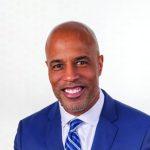
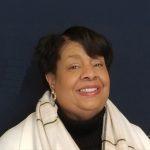
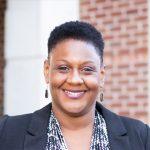

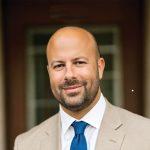
UPDATES
Recent Issues
NAVIGATING NEW ROLES
April 2025
Whether you’re new to your role or supporting others who are new, professional learning is essential for getting up to speed. This issue includes strategies and advice for a wide […]
LEARNING DESIGNS
February 2025
How we learn influences what we learn. This issue shares essential resources for creating, facilitating, and assessing high-quality professional learning.Read the remaining content with membership access. Join or log in […]
BUILDING BRIDGES
December 2024
Students benefit when educators bridge the continuum of professional learning between K-12 schools and other institutions. Read the remaining content with membership access. Join or log in below to continue. […]
CURRICULUM-BASED PROFESSIONAL LEARNING
October 2024
High-quality curriculum requires skilled educators to put it into practice. Professional learning can ensure instructional materials lead to excellent teaching and learning.Read the remaining content with membership access. Join or […]







